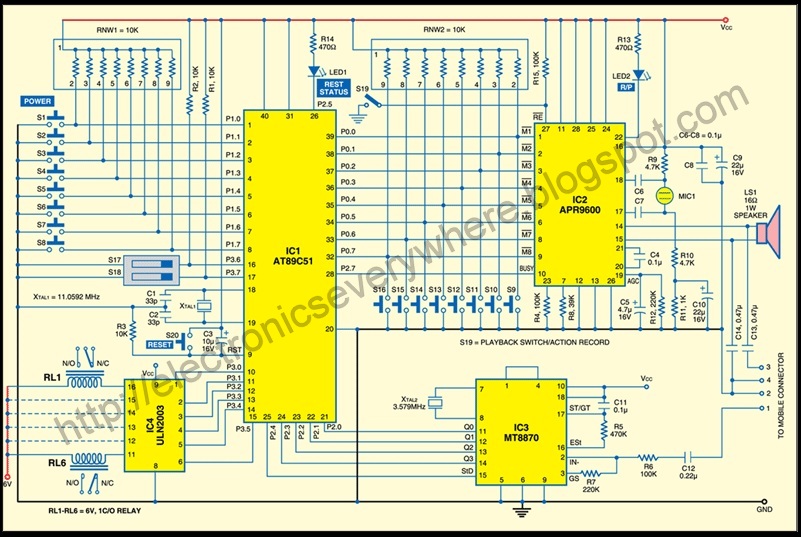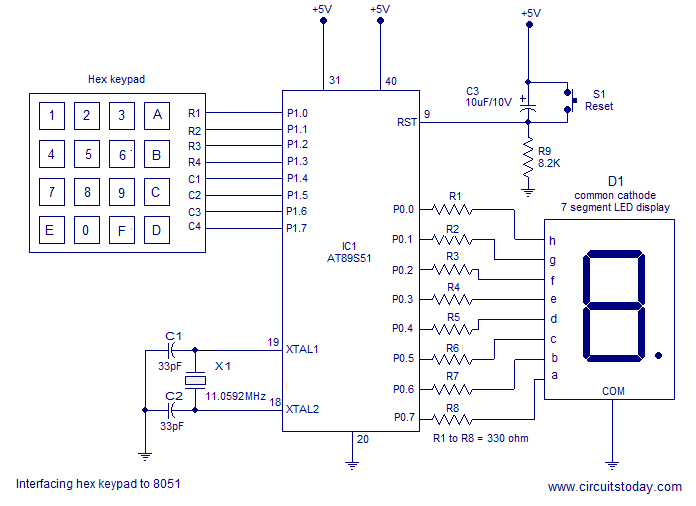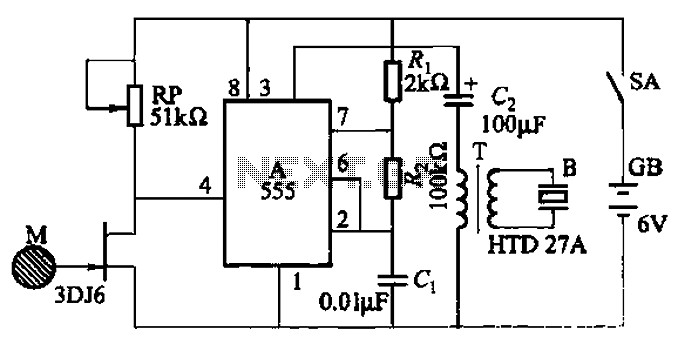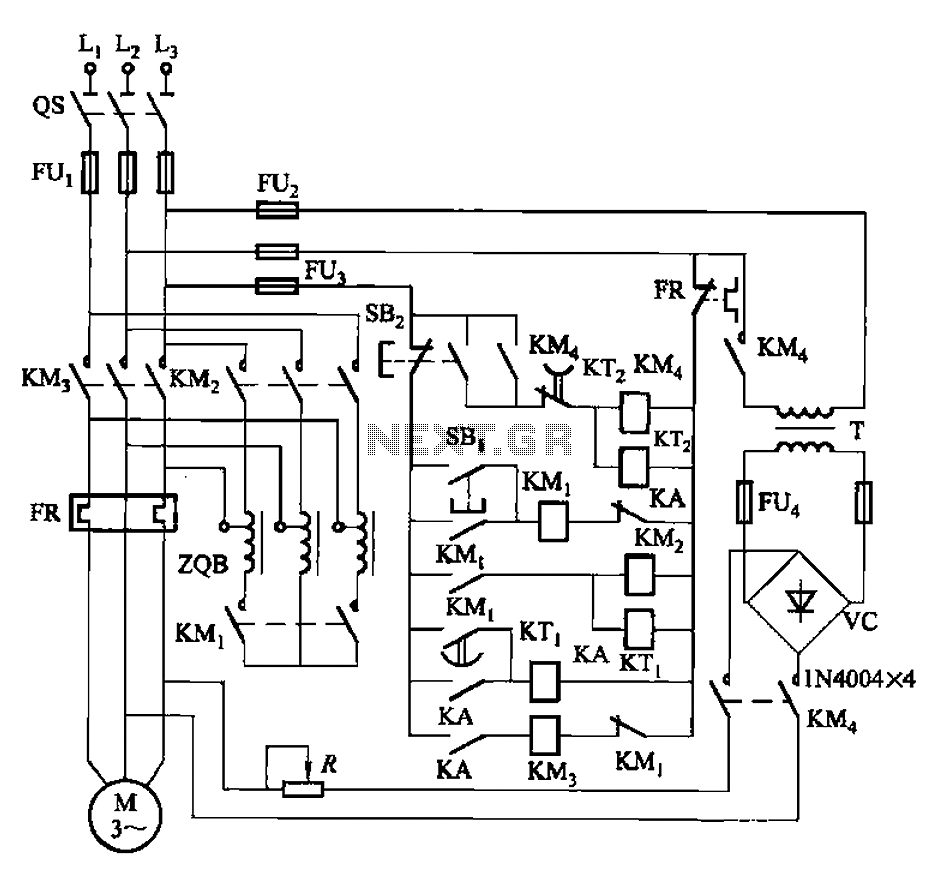
Y- buck can be manual and automatic control of the starting circuit
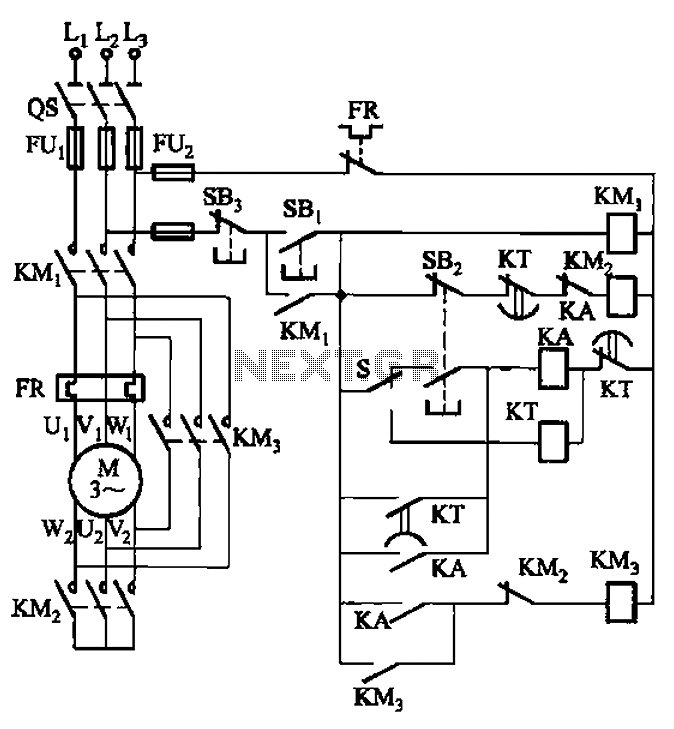
The circuit is depicted. It is capable of both manual and automatic control.
The circuit in question is designed to facilitate dual modes of operation: manual and automatic control. This versatility allows users to engage with the system according to their specific needs.
In manual mode, operators can directly interact with the circuit using physical controls such as switches or potentiometers. This mode is ideal for situations requiring immediate adjustments or when precise control over the circuit's operation is necessary.
In automatic mode, the circuit can autonomously manage its functions based on predetermined parameters or sensor inputs. This is typically achieved through the integration of microcontrollers or programmable logic devices that process input signals and execute predefined algorithms to control output devices. Sensors may include temperature sensors, light sensors, or motion detectors, enabling the circuit to respond dynamically to environmental changes.
The schematic may include various components such as resistors, capacitors, diodes, and transistors, which work in conjunction to ensure reliable operation in both modes. The design should also consider power supply requirements, signal conditioning, and potential feedback loops that enhance the circuit's performance and stability.
Overall, the circuit's ability to operate in both manual and automatic modes makes it suitable for a wide range of applications, from simple home automation systems to complex industrial control systems. Proper attention to component selection and circuit layout will ensure optimal functionality and reliability in both operational modes. Circuit is shown. It can not only manually, but automatic control.
The circuit in question is designed to facilitate dual modes of operation: manual and automatic control. This versatility allows users to engage with the system according to their specific needs.
In manual mode, operators can directly interact with the circuit using physical controls such as switches or potentiometers. This mode is ideal for situations requiring immediate adjustments or when precise control over the circuit's operation is necessary.
In automatic mode, the circuit can autonomously manage its functions based on predetermined parameters or sensor inputs. This is typically achieved through the integration of microcontrollers or programmable logic devices that process input signals and execute predefined algorithms to control output devices. Sensors may include temperature sensors, light sensors, or motion detectors, enabling the circuit to respond dynamically to environmental changes.
The schematic may include various components such as resistors, capacitors, diodes, and transistors, which work in conjunction to ensure reliable operation in both modes. The design should also consider power supply requirements, signal conditioning, and potential feedback loops that enhance the circuit's performance and stability.
Overall, the circuit's ability to operate in both manual and automatic modes makes it suitable for a wide range of applications, from simple home automation systems to complex industrial control systems. Proper attention to component selection and circuit layout will ensure optimal functionality and reliability in both operational modes. Circuit is shown. It can not only manually, but automatic control.
